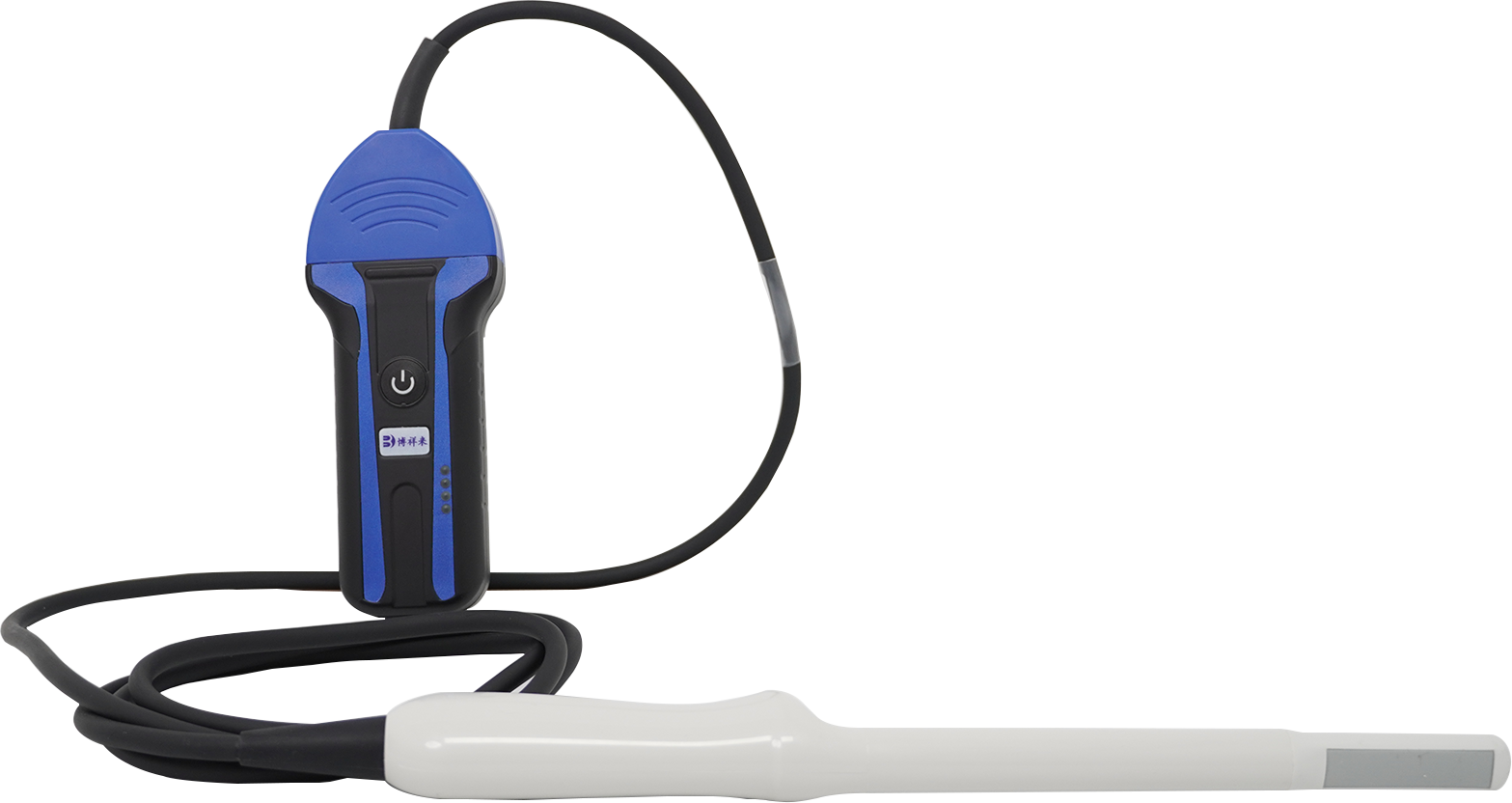The average gestation period for sheep ranges from 142 to 152 days. The average is 147 days. Some pregnancies can range from 138 to 159 days. There are breed differences in gestation period. Breeds that mature earlier tend to have shorter pregnancies than late-maturing breeds. Ewes that carry multiple litters tend to have shorter pregnancies. Male lambs and lambs of heavier birth weights generally carry longer than female lambs.
The most critical early pregnancy period for success during the lambing season is the first 30 days after fertilization. The first 21 to 30 days after breeding is when embryo implantation occurs. The first 30 days is when most embryonic deaths occur. Therefore, anything that can reduce embryonic mortality and should result in more lambs being born should be avoided during the first 30 days of gestation. Shearing, vaccinations, working ewes, significant changes in feeding methods should be avoided during the first 30 days of gestation. Depending on the equipment used and the operating skills, ultrasound pregnancy scans can be performed on ewes 35 to 60 days after breeding. Nutrition in early pregnancy is simple. During the first 15 weeks of pregnancy, ewes only need slightly above maintenance nutrition levels.
Late pregnancy (last 4 to 6 weeks) is a critical period for ewe reproduction. This is the period when most fetal growth occurs and the nutritional needs of the ewe increase. Ewes with inadequate diets are susceptible to pregnancy toxemia and milk fever. Nutrition in late pregnancy affects the size and vitality of the lamb and the ewe's ability to produce milk.
Parturition (Lambing) Parturition

There are three stages (lambing): 1) cervical dilation; 2) expulsion of the fetus; 3) expulsion of the placenta. The first stage usually takes 3 to 4 hours. The birth of lambs usually occurs within an hour of the rupture of the first water bag. The first or multiple births of ewe lambs may take longer. If the labor time of mature ewes exceeds one hour and the labor time of ewe lambs exceeds
2 hours, assistance may be required. The placenta passes 2 to 3 hours after the end of labor. In multiple births, each lamb has a different afterbirth. After the lamb is born, the ewe will lick it to begin the bonding process.








